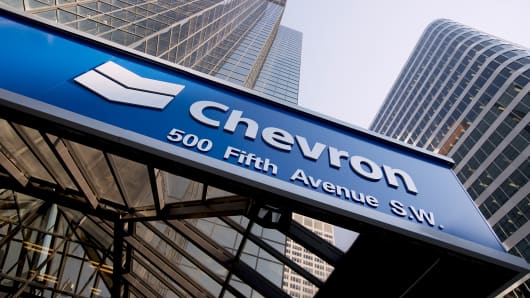Chevron unveils the largest spending cut Due to Oil price slump

Recently Chevron released its Q3 2015 earnings report according to forbesThe company has been hit hard by the current downtrend of low crude oil prices and its average price realizations in both upstream and downstream segments have suffered as a result. However, Chevron remains confident of its short to medium term upstream production growth outlook. The company believes that it can increase average daily hydrocarbon production rate to 2.9-3.0 million barrels of oil equivalent per day by 2017 and expects key projects such as Gorgon, Wheatstone and Angola LNG to provide the majority of volume growth. Chevron is also taking measures to reduce its capital spending and overall cost structure in order to be able to better steer through this commodity trough. We believe that these measures will be beneficial in lifting the company’s cash profit margins as oil prices recover gradually in the long run.
Upstream Production Growth Outlook Promising, But Oil Prices Currently Hurting Segment
Chevron remains confident of its short to medium term upstream production growth outlook, citing progress on the key projects that are expected to drive its average daily hydrocarbon production rate from around 2.6 MMBOED currently to 2.9-3.0 MMBOED by 2017. The valuation of an integrated oil and gas company’s upstream division largely depends upon new discoveries of technically and economically recoverable hydrocarbon reserves and ongoing projects that would boost the rate of hydrocarbon production. Although Chevron’s total oil equivalent hydrocarbon production rate has remained relatively flat around 2.6 million barrels per day since 2006, the short to medium term prospects of the company’s upstream division look bright. This is because the company is making some good progress on the key growth projects such as Gorgon, Wheatstone and Angola LNG. These projects are collectively expected to provide the majority of Chevron’s volume growth. The company plans to ship the first cargo form the Gorgon LNG project, which forms the centerpiece of its production ramp-up plan, in the first quarter of 2016.
Chevron Optimizing Capital & Operational Costs In Low Oil Price Environment